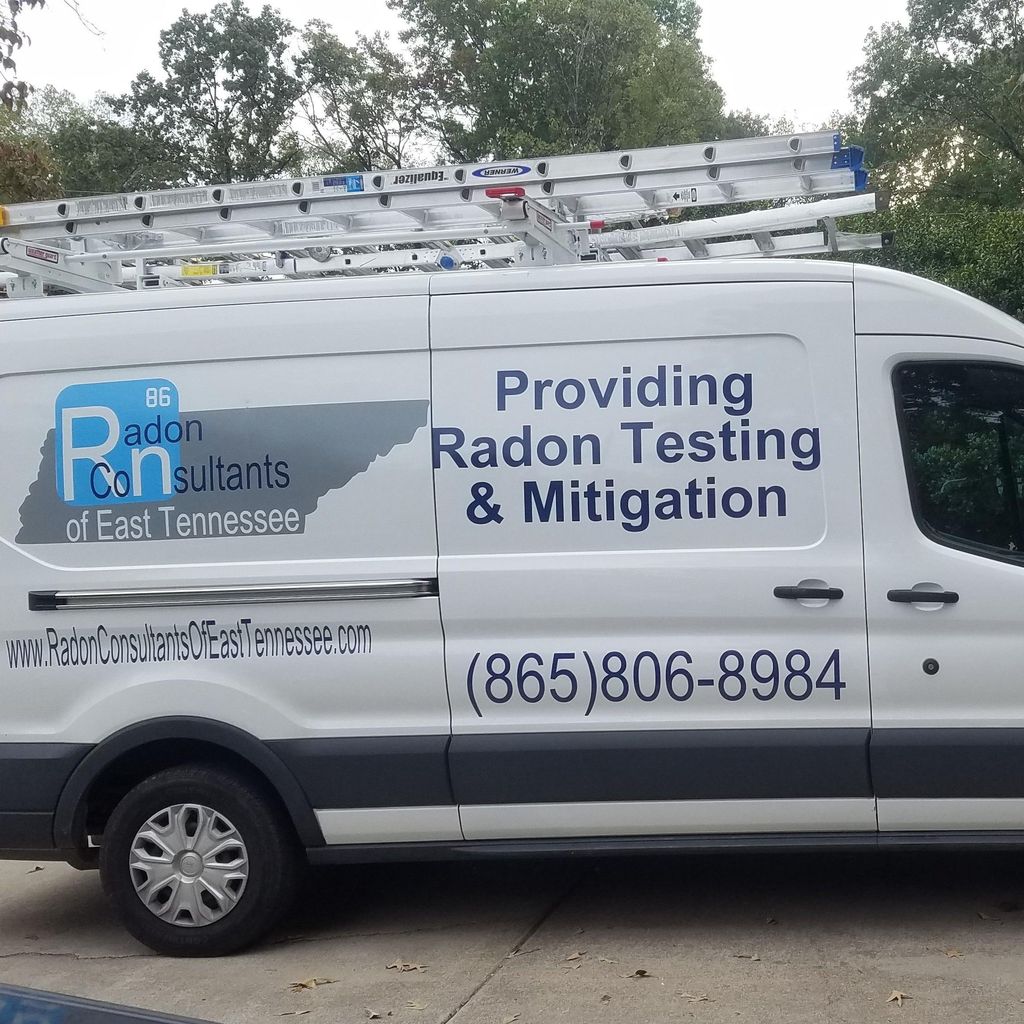What is radon gas? Is it dangerous?
Is radon really bad for you?
Breathing radon over time increases your risk of lung cancer. Radon is the second leading cause of lung cancer in the United States. Nationally, the EPA estimates that about Hop over to this website 21,000 people die each year from radon-related lung cancer. Only smoking causes more lung cancer deaths.
If you can maintain your indoor radon levels at 2 pCi/L or reduced, you'll deal with really reduced increased danger of developing lung cancer cells as a result of radon. Only two non-smokers out of 1,000 will certainly establish lung cancer especially due to the direct exposure when you reach the 1.3 pCi/L level that is typical for indoor air.
Chronic exposure to radon gas increases the risk of developing lung cancer cells. In the USA, an approximated 21,000 people die from radon-related lung cancer each year (compared to 160,000 lung cancer cells deaths from smoking cigarettes), according to the EPA. Radon is the second leading reason for lung cancer cells, and also it's the leading source of lung cancer in nonsmokers, according to the firm.
Is radon mitigation really necessary?
When radon gas enters the body, it exposes the lungs to small amounts of radiation. In small quantities, experts say this is harmless. However, in persistent exposures or larger quantities, radon can damage the cells of the lining of the lungs, increasing a person's chance of developing lung cancer.
We walk outdoors and operate in the sun, subjecting ourselves to ultraviolet radiation and also boosting our threat of establishing skin cancer. We drive in cars almost on a daily basis despite the fact that greater than 1 in 86 fatalities is a result of vehicle mishaps. Individuals smoke, consume poorly, as well as take part in hazardous behaviors each day. To some extent, radon gas is an additional daily danger that most of us need to take.
- Your risk of lung cancer enhances considerably with exposure to greater radon degrees.
- Radon gas is a naturally-occurring by-product of the radioactive decay of Uranium in the dirt.
- Relying http://charliexqqn284.fotosdefrases.com/radon-overview on your geographic location, the radon levels of the air you breathe beyond your residence may be as high as 0.75 pCi/L.
- The US EPA has placed it plainly, mentioning, "Any kind of radon exposure has some risk of triggering lung cancer cells.
How radon abatement technologies do you eliminate radon?
Possible symptoms include shortness of breath (difficulty breathing), a new or worsening cough, pain or tightness in the chest, hoarseness, or trouble swallowing. If you smoke and you know you've been exposed to high levels of radon, it's very important to quit smoking.
The national average of outdoors radon degrees is 0.4 pCi/L and also it is approximated by the National Academy of Sciences that outside radon levels cause around 800 of the 21,000 radon generated lung cancer cells fatalities in the US annually. Your threat of lung cancer increases significantly with exposure to greater radon levels. Lung cancer cells threat climbs 16% per 2.7 pCi/L rise in radon direct exposure. World Health And Wellness Organization, 2009 studies show that radon is the main reason for lung cancer amongst individuals that have actually never ever smoked.
Thinking you stay in an area not impacted by radon is just one of the misconceptions concerning this deadly gas. We evaluated all material related to radon on state federal government Website utilizing a standard information collection form.
How long does it take for radon to cause cancer?

Fact: You will reduce your risk of lung cancer when you reduce radon levels, even if you've lived with an elevated radon level for a long time. Keep in mind that radon levels below 4 pCi/L still pose some risk and that radon levels can be reduced to 2 pCi/L or below in most homes.